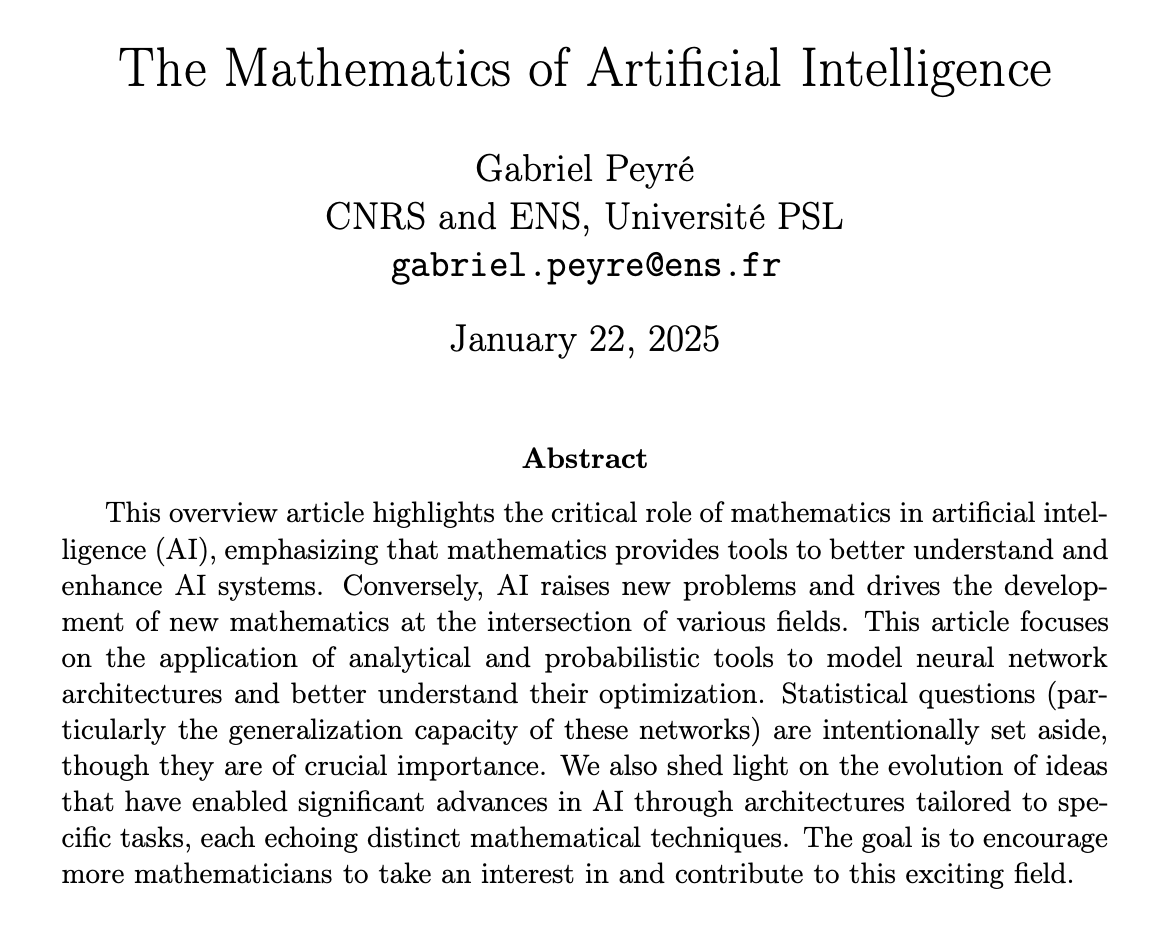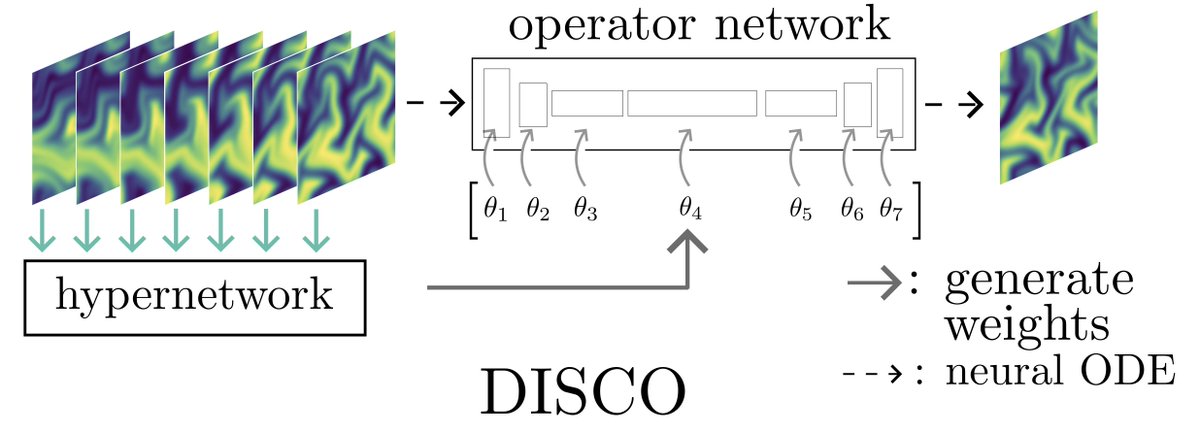
Mathieu Dagréou
@mat_dag
Ph.D. student in at @Inria_Saclay working on Optimization and Machine Learning @matdag.bsky.social
ID: 1147917068102184960
http://matdag.github.io 07-07-2019 17:15:31
377 Tweet
469 Followers
555 Following


🏆 #Distinction | Toutes nos félicitations à Gérard Biau (Centre Inria Sorbonne Université), directeur de #SCAI et spécialiste des dynamiques statistiques dans les algorithmes d'IA, qui a été élu à l’Académie des sciences 👏. sorbonne-universite.fr/presse/gerard-…











It was received quite enthusiastically here so time to share it again!!! Our #ICLR2025 blog post on Flow M atching was published yesterday : iclr-blogposts.github.io/2025/blog/cond… My PhD student Anne Gagneux will present it tomorrow in ICLR, 👉poster session 4, 3 pm, #549 in Hall 3/2B 👈

📣 New preprint 📣 **Differentiable Generalized Sliced Wasserstein Plans** w/ L. Chapel Romain Tavenard We propose a Generalized Sliced Wasserstein method that provides an approximated transport plan and which admits a differentiable approximation. arxiv.org/abs/2505.22049 1/5



❓ How long does SGD take to reach the global minimum on non-convex functions? With Franck Iutzeler, J. Malick, P. Mertikopoulos, we tackle this fundamental question in our new ICML 2025 paper: "The Global Convergence Time of Stochastic Gradient Descent in Non-Convex Landscapes"





![Samuel Vaiter (@vaiter) on Twitter photo There exists f:[0,1]→[0,1] strictly increasing, continuous function such that its derivative is 0 almost everywhere. jstor.org/stable/2978047… There exists f:[0,1]→[0,1] strictly increasing, continuous function such that its derivative is 0 almost everywhere. jstor.org/stable/2978047…](https://pbs.twimg.com/media/Gc65soLW4AA7hzD.jpg)





